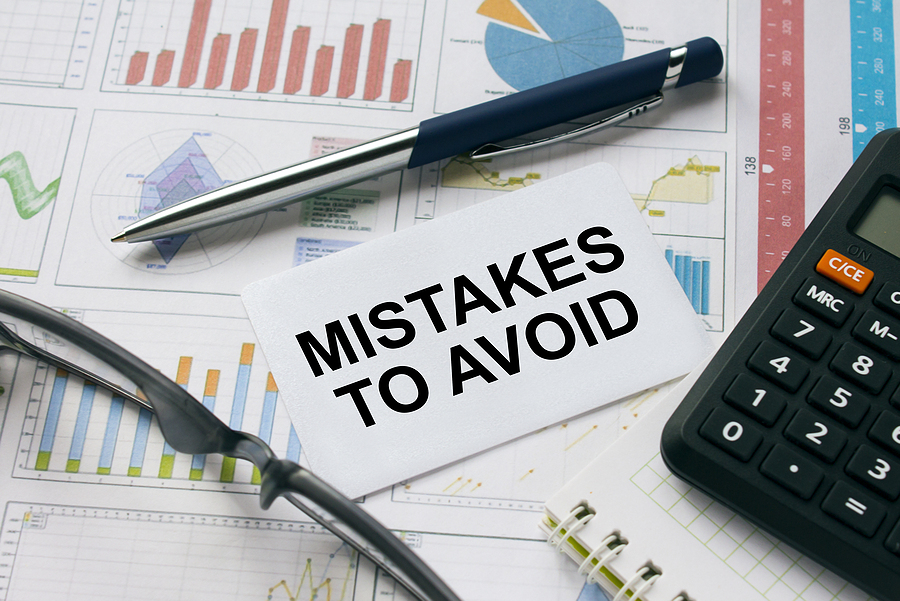More Australian office workers are using artificial intelligence tools than their peers in the UK, US or France but most still do not trust the technology to get tasks done.
Slack released the findings from a survey of desk workers in six countries, which also found the use of AI tools in the workplace had grown 60 per cent since September, and identified a gender gap in employees using the technology.
The findings follow Senate hearings into the use of AI in Australia and after the federal budget committed $39.9 million to develop AI policies and restrictions over the next five years.
Slack surveyed more than 10,200 people for its Workforce Lab Index, including office workers in Australia, France, Germany, Japan, the US and UK.
It found Australia had the highest rate of employees who had used AI tools to complete tasks at 37 per cent, narrowly overtaking Germany but significantly higher than Japan where only 20 per cent of employees had used the technology.
The research also found the use of AI in Australian workplaces had risen by 35 per cent since September last year, and most people who used AI tools at work (79 per cent) were seeing productivity gains.
However, Australia also proved to be one of the nations to trust AI the least when it came to AI-generated content.
Only five per cent of workers said they completely trusted its output, compared to 13 per cent of workers in France and nine per cent in Germany.
Slack workforce labs head Christina Janzer said research showed business leaders were eager to embrace AI technology but many were slow to introduce policies or implement education for workers, which was slowing its adoption.
“There’s a few things holding people back and fear is one of them but I also think there’s a lack of guidance,” she said.
“The majority of desk workers haven’t received any guidance from their companies so they don’t even know if they’re allowed to use AI.”
The Slack survey found almost half of workers were excited about the idea of AI handling some of their work tasks, but more than one in five remained concerned.
The study also identified a gender gap in use of AI tools that Ms Janzer said was most apparent in younger age groups and would need to be monitored and addressed.
“Gen Z men are 25 per cent more likely to use AI than Gen Z women and that, to me, was very surprising,” she said.
“We want people who are using AI to be representative of our entire population because they’re going to be designing the future and that’s not what we’re seeing today.”
Despite the growing number of employees using AI tools in Australia, the country has yet to pass laws specifically related to artificial intelligence technology.
In February, the federal government appointed 12 experts to a national Artificial Intelligence Expert Group, which is expected to make recommendations on mandatory restrictions for high-risk AI use.
Jennifer Dudley-Nicholson
(Australian Associated Press)





